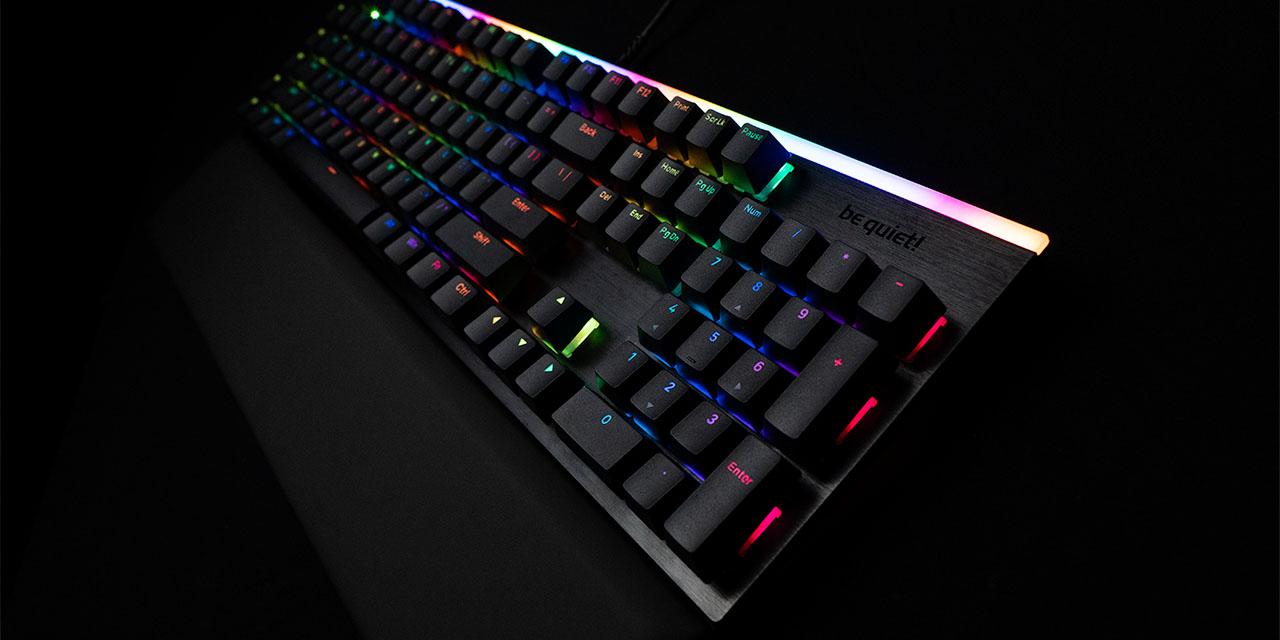By: Aaron Lai
October 27, 2017
When I was little, my parents told me to take piano lessons. As my mom was more than competent to teach me piano, I did not really have to go far to find someone outside. To be honest, I really struggled with it. I had issues with rhythm, coordinating my two hands, and reading music quickly. At first, my parents told me I would have to go to the sixth grade in piano. Then they reduced it to grade three. By the time I quit, I had yet to take a piano exam and I was so glad for it to be over. Overall, the biggest pain point was always reading the bass clef and using my left hand. I was quite uncoordinated to put both my right hand and left hand together, but reading the bass line and moving my left hand was something I struggled with. Looking back, this was quite ironic, as the next instruments I played were all played with music in the bass clef, including trombone, electric bass, and cello. Thankfully, those instruments use both my left and right hands, and I think if I were to try piano again, I would be a bit more prepared this time. On the other hand (Pun intended), I think I could never get used to putting a mouse with the left hand, as it feels and looks really off to me. This is not to say southpaw users are weird, but I do not think I could get adjusted to it at all. Today, we have the SteelSeries Sensei 310 mouse in front of us. While it is not specifically for left-handed users, it is an ambidextrous mouse and thus can be used in either hand. While I will be testing it primarily in my right hand, how does the Sensei 310 perform in daily use, and is it the ambidextrous mouse for everyone? Read on to find out!

Today's review unit of the SteelSeries Sensei 310 arrived in a brown corrugated cardboard box via UPS and their Expedited service. The box arrived from Miami, Florida in relatively good condition to our APH Networks offices in Calgary, Alberta, Canada. In addition to the Sensei 310, we also have the Rival 310, which Editor-in-Chief Jonathan Kwan is taking a look at. Otherwise, there is not much else to talk about, so let us take a closer look at the Sensei 310.

Unlike the standard SteelSeries black and orange I am used to seeing, the Sensei 310 has several lighter colors, including gray and white. However, the primary color scheme still remains. The front of the box shows off SteelSeries' logo on the top left corner, with the product name on the bottom right side. A product line of "Ambidextrous Mouse Engineered for Esports" is printed underneath. The mouse itself is on the front panel as well, with some features listed to the left of the photo. Otherwise, around the box are more features and specifications listed on the back and bottom. The outer shell slides off revealing a black box with the words "Rise Up" on this inner container.
Before continuing on, I have grabbed the specifications from the manufacturer's website for your perusal:
Sensor
Sensor Name: SteelSeries TrueMove3
Sensor Type: Optical
CPI: 100-12000, 100 CPI Increments
IPS: 350+, on SteelSeries QcK surfaces
Acceleration: 50G
Polling Rate: 1 ms
Hardware Acceleration: None (Zero Hardware Acceleration)
Design
Top Material: Finger Print Resistant Semi-Rough Matte
Core Construction: Fiber-Reinforced Plastic
Shape: Ambidextrous
Grip Style: Claw or Finger-Tip
Number of Buttons: 8
Switch Type: Omron Mechanical Rated For 50 Million Clicks
Illumination: 2 RGB Zones, Independently Controlled
Weight: 92.1g
Length: 125.1mm
Width: 60.77mm (front), 61.77mm (middle), 70.39mm (back)
Height: 38.95mm
Cable Length: 2m, 6.5ft
Compatibility
OS: Windows, Mac, and Linux. USB port required
Software: SteelSeries Engine 3.10.12+, for Windows (7 or newer) and Mac OSX (10.8 or newer)

Inside of the smaller box, we do not have many accessories. Instead, we just have the SteelSeries Sensei 310 mouse held in a large black foam bracket to prevent any damage to the mouse while it is in transit. A slim white product information guide is provided to go over the product. The SteelSeries Sensei 310 works with their SteelSeries Engine software utility as we will see later on, but you will have to download it via the manufacturer's website. This utility requires approximately 120MB of space, and can run on both Windows and Mac operating systems.
Page Index
1. Introduction, Packaging, Specifications
2. A Closer Look - Hardware and Software
3. Subjective Performance Tests
4. Conclusion





